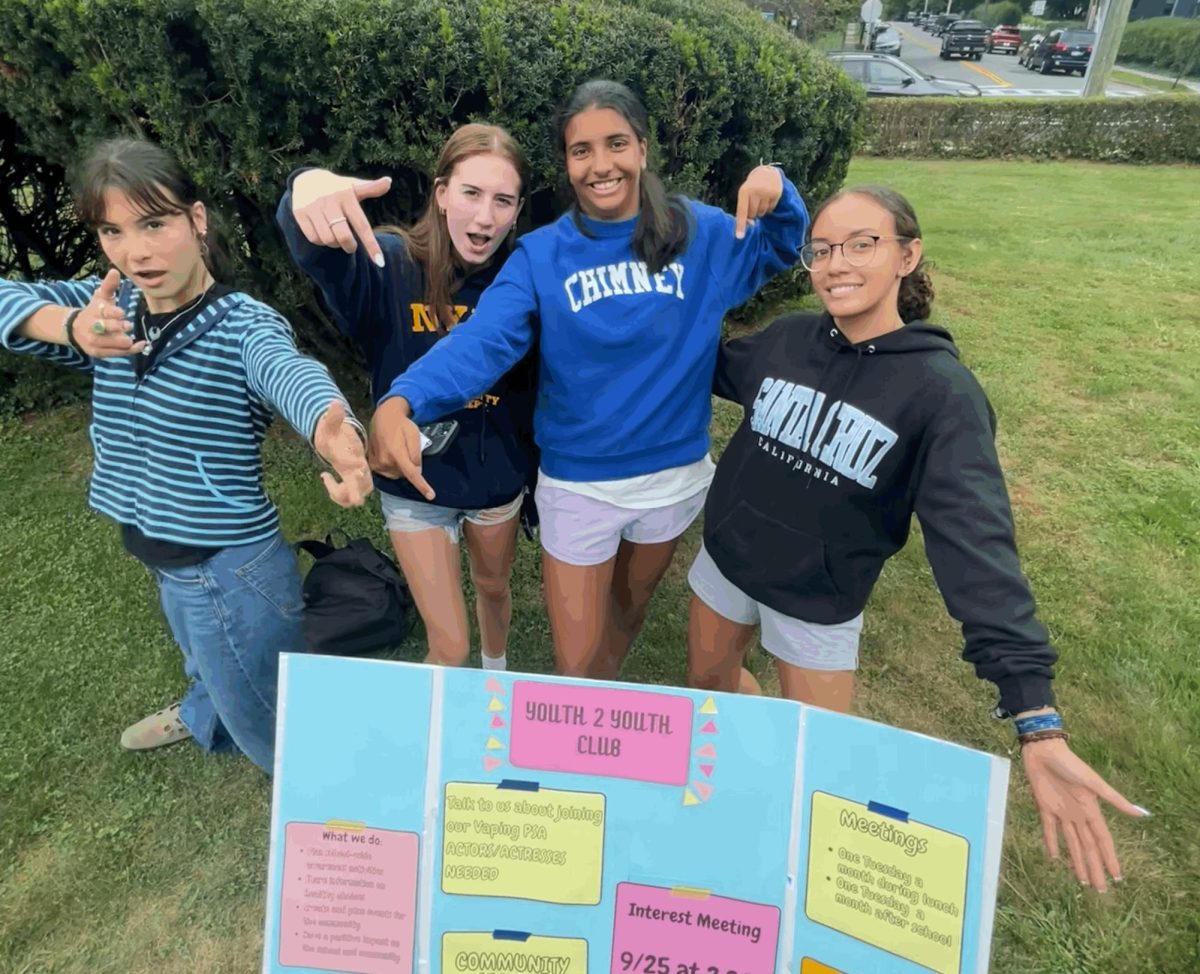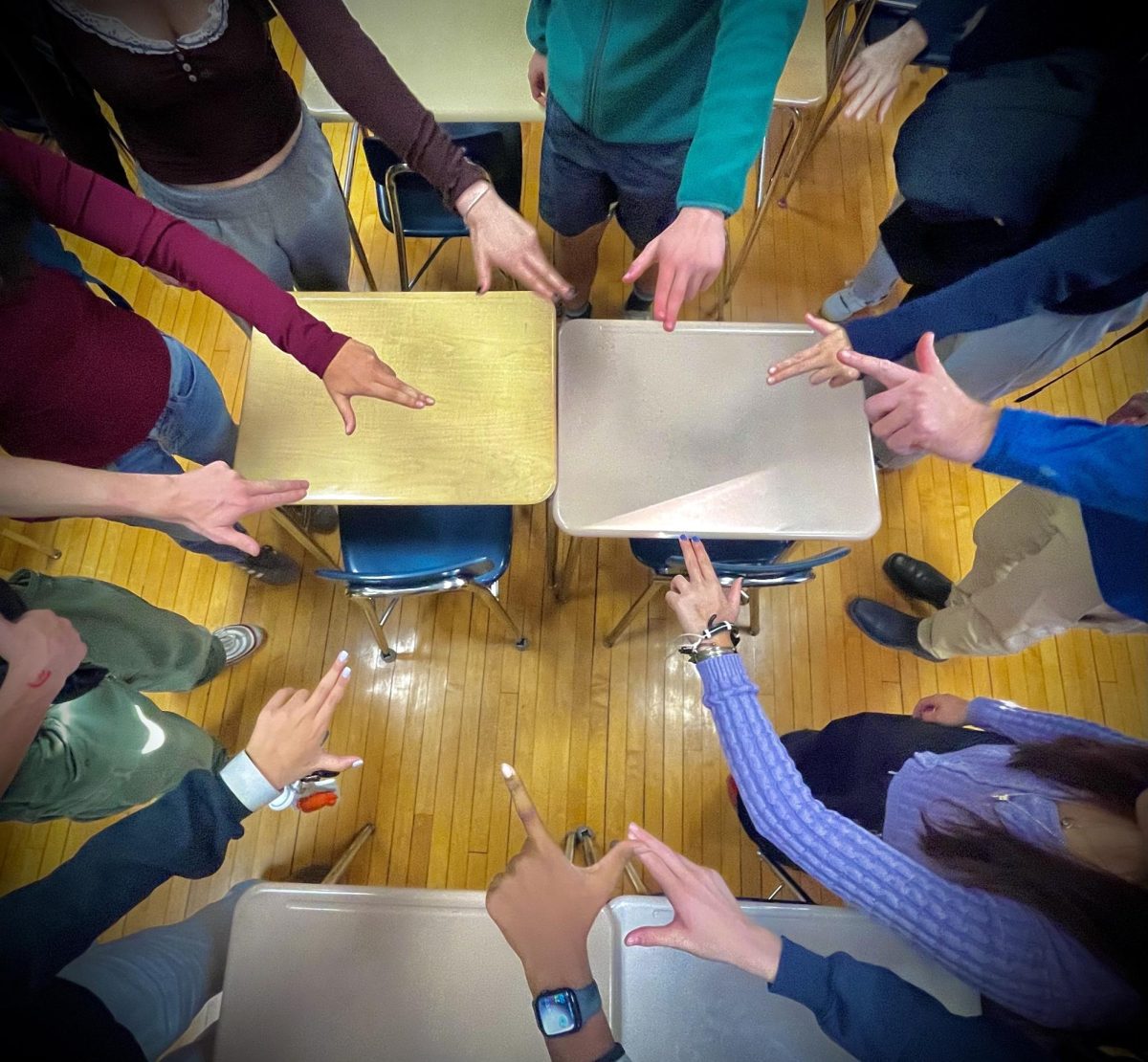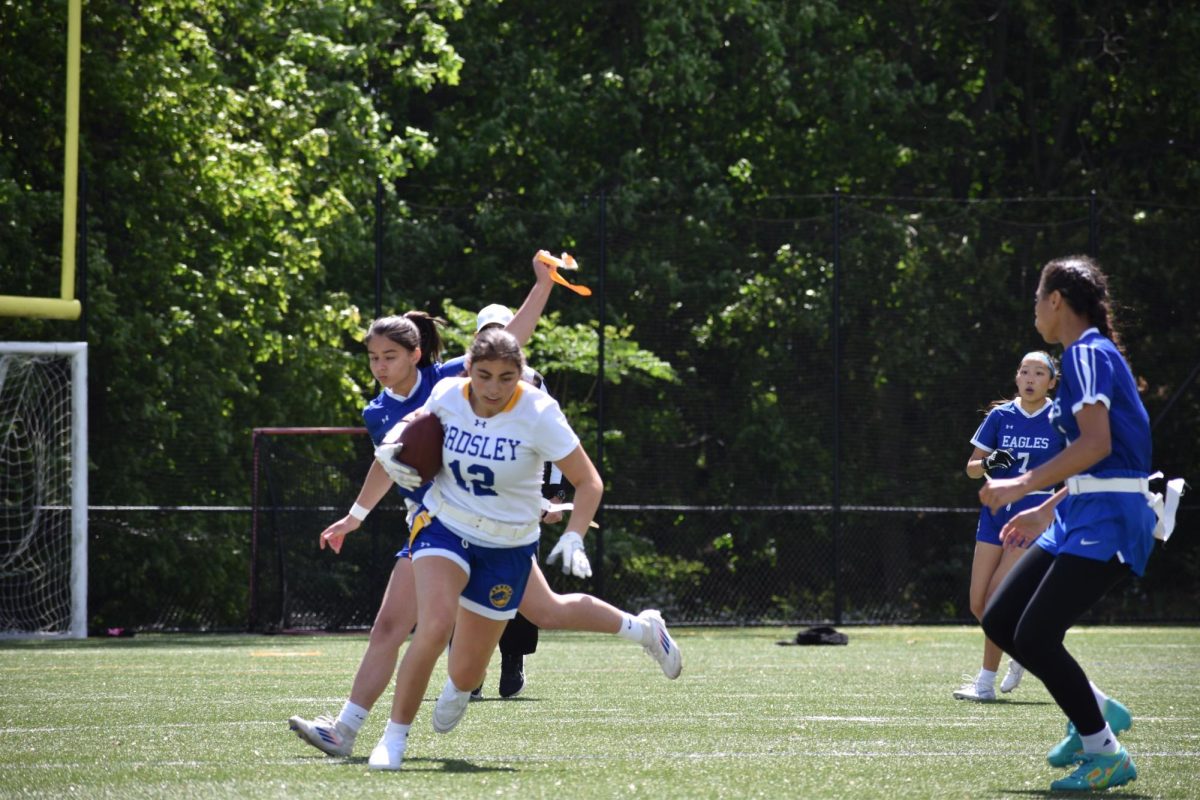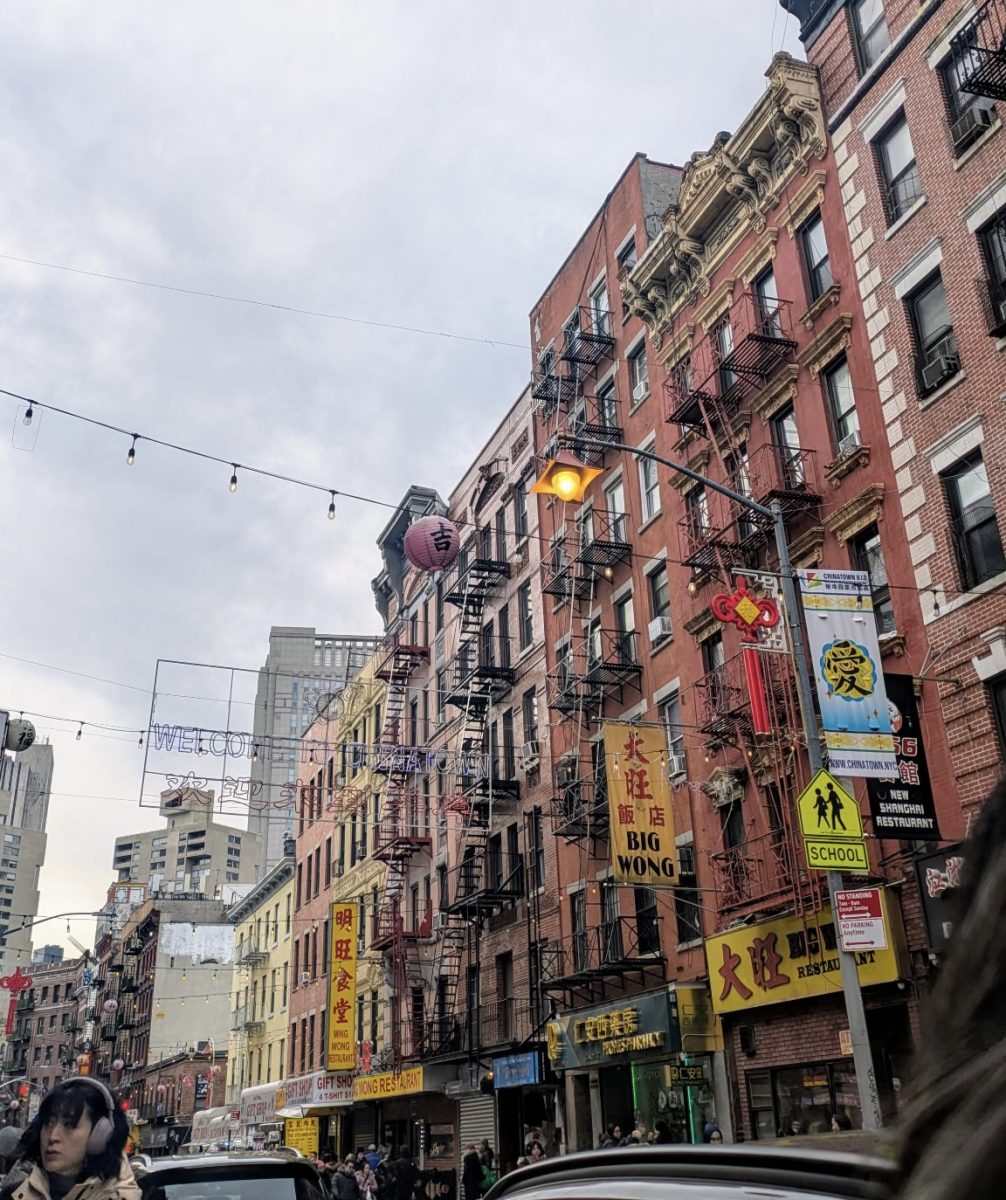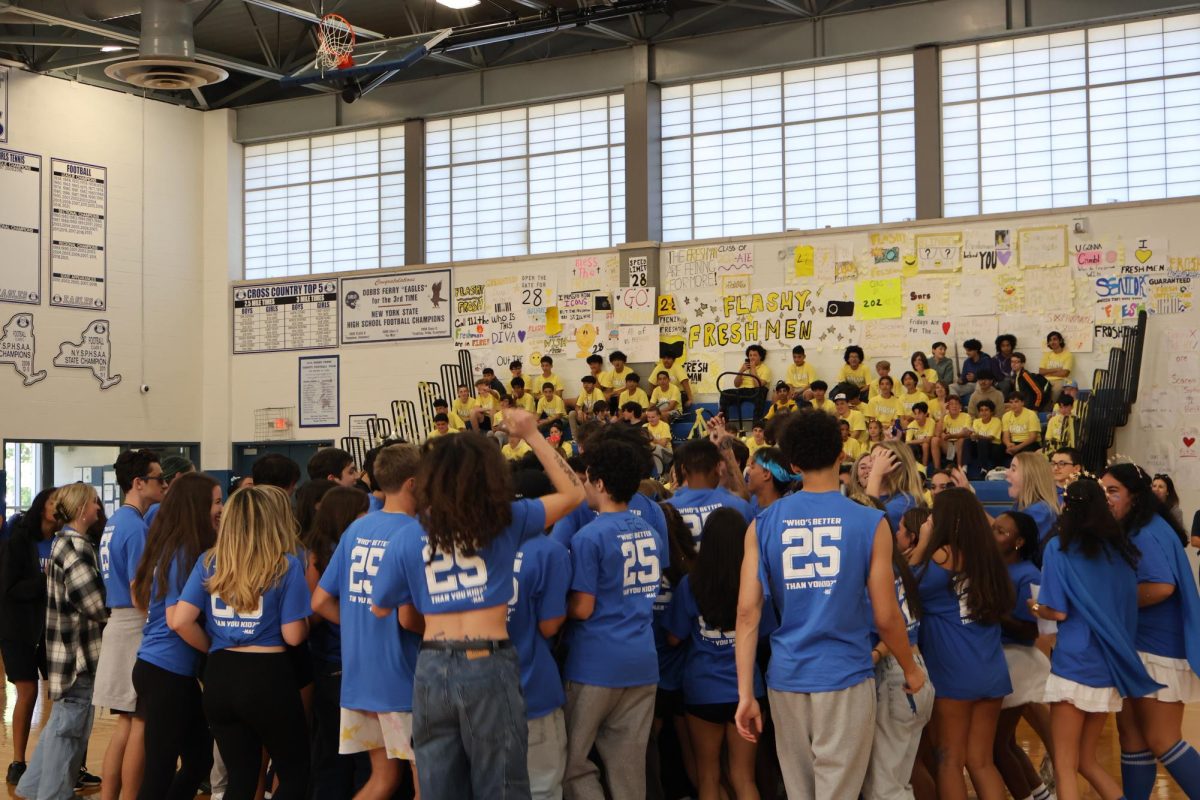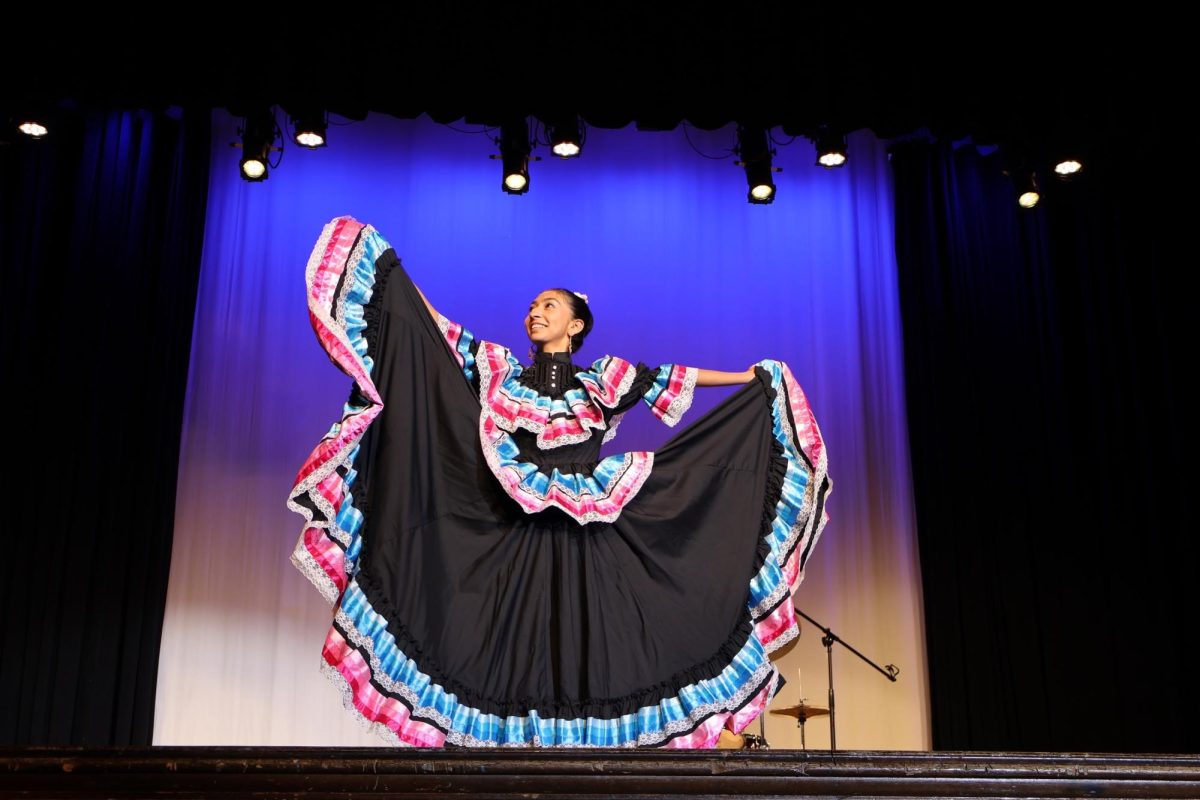The Westchester Science and Engineering Fair (WESEF) is an exhibition where high school students from Westchester showcase their knowledge of their specific scientific topic to judges and compete for a chance to win an award or even go to the International Science and Engineering Fair (ISEF). It takes place once a year at Somers High School. This year, the competition took place on Saturday, March 15. As a regional subdivision of ISEF, it includes a variety of categories, covering a vast range of studies for the students to pursue. Juniors and Seniors present their independent science projects to judges who are knowledgeable in their field of study. 28 Dobbs Ferry High School students will be presenting the projects that they worked on in Ms. Marino’s Science Research class and outside of school. With both juniors and seniors presenting, what steps are they taking to refine and showcase their projects? How do they prepare for such a big event?
Daniel Koplik, an 11th grader, shared his personal process in an interview with The Eagle’s Perch, to reflect on his perspective on WESEF and how he can be ready to present. Daniel’s project is based on live cell imaging of lysophagy using ChromaLive dye: a non-toxic, cheaper alternative to poisonous dyes, allowing for cells to be imaged multiple times over a longer time period by preventing the cells from dying off. His project fits into the WESEF category of Cellular and Molecular Biology. He has been constantly practicing presenting his project to Ms. Marino and his friends, who judge him and help him refine his presentation. He is always changing his poster and how he presents it to make it better each time, showing the meticulous process of proper preparation. Daniel participated in the Somers Science Fair last year as a sophomore, where he won third place in his category. This has helped him because he knows more about presenting and engaging the judges. He likes competing at science fairs and the fact that his work is important to the studies of cells. Daniel finds it good that the competition has “high-level experiments, high-level students, and high-level judges”, making it a great environment for showcasing your learning and competing with others.
The Eagle’s Perch also interviewed 12th grader Isha Bindra. Isha studied the disparities in access to ACT and SAT prep material, which falls into the category of Behavior Science. Isha has practiced presenting at the science research practice night hosted here at Dobbs Ferry High School in the library, where she practiced presenting to teachers, parents, and other students to get feedback. She has also been practicing on her own to further drill her presenting skills and polish her presentation process. This is the third time she has competed at a science fair; she competed at WESEF last year as a junior, like Daniel is doing this year, and at the Somers Science Fair two years ago. She says that “it’s really the same competition, but it is easier to prepare because [she] knows what to expect of the judges and the competition”. She believes that it is valuable to present her studies to judges who are informed about her topic because they have good questions to ask and know exactly what she is talking about. She has researched her topic for three years so she knows more than she did in years past, making the process of preparing easier for her. Isha also said that WESEF is a good opportunity for students to get a leg up in the science field and to immerse themselves in the experience of conducting college-level research independently.
The students at Dobbs Ferry High School are working hard towards preparing for WESEF. Daniel and Isha are both spending hours practicing their presentations and fine-tuning their strategies for showcasing their research to the judges. WESEF is a competitive but equally immersive opportunity for students who are willing to put in the work to be successful. Each student has a different personal process, but the process of being ready to display each project comes with time and practice.
